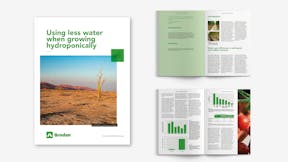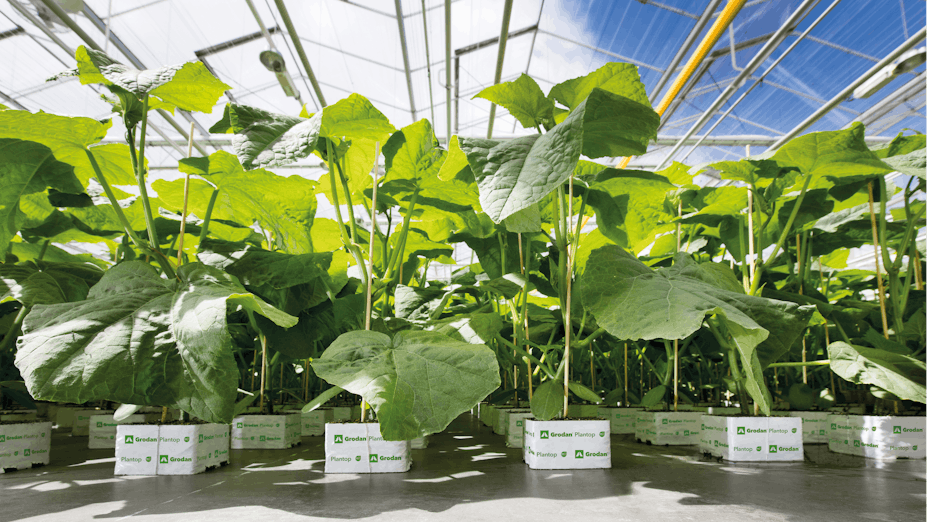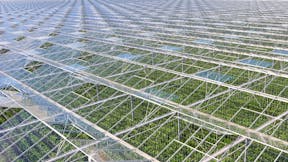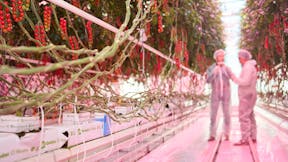The Netherlands is facing another dry, hot summer. It will be the third consecutive year in a row where there will be a huge shortage of rainfall, and this shortage is expected to be larger than in the record year of 1976. This is not only worrying for nature, but also for agriculture and horticulture. At Grodan, we support growers with smarter water management in the greenhouse. That’s why on Desertification and Drought Day (17 June) we call for action and draw attention to a few important initiatives that help us take better care of our precious water.
Smart Water Management
We believe the horticultural sector plays an important role in reducing the amount of water that’s used for fresh food production. In fact, with high-tech greenhouses and the use of sustainable, water efficient stone wool growing media solutions, we can make a huge contribution to a reduction of water, fertilizer and land use. With smart(er) water management we can even make a bigger impact. For some practical tips to get started, check our best practice guidelines for greenhouse water management.
Refreshing solutions
Apart from smart water management, there are other things we can and should do to preserve more water in both agriculture and horticulture. Luckily, several other great initiatives are currently being deployed. A few examples I particularly like:
- Waterbank Westbank: a network that aims to connect several greenhouses to each other in the west of the Netherlands. These greenhouses can exchange surpluses of water, maintain the right balance between pouring and ground water, and prevent salinization of the ground water.
- Drip irrigation is getting more known and used in the agricultural sector. This method, which gives water to crops very precisely, has been used in the horticultural sector for a long time already (and can be steered with our stone wool growing media). But in the agricultural sector, this is relatively new: a few pilots have been set up in the Netherlands, but more research on this technique is needed.
- National watering can: there are also talks in the Netherlands of a “national watering can” at the Veluwe, a nature area in the Netherlands. The idea is to tap fresh water from the Maas and Rijn rivers and store this underground at the Veluwe. Also for this solution, further research needs to be done.

How growing media have an impact on feeding a growing population
World population is expected to grow another 1 billion in just 12 years, and reaching 9 billion people in 2050, creating unprecedented demand for food, and hence agricultural land. To keep up with population and economic growth, food production should increase by 70% by 2050.

Using less water when growing hydroponically
Water scarcity is one of the global challenges. The problem of water scarcity is a growing one. Water use has been growing at more than twice the rate of population increase in the last century. Food and agriculture are the largest consumers of water. As more people put ever increasing demands on limited supplies, the cost and effort to build or even maintain access to water will increase.









